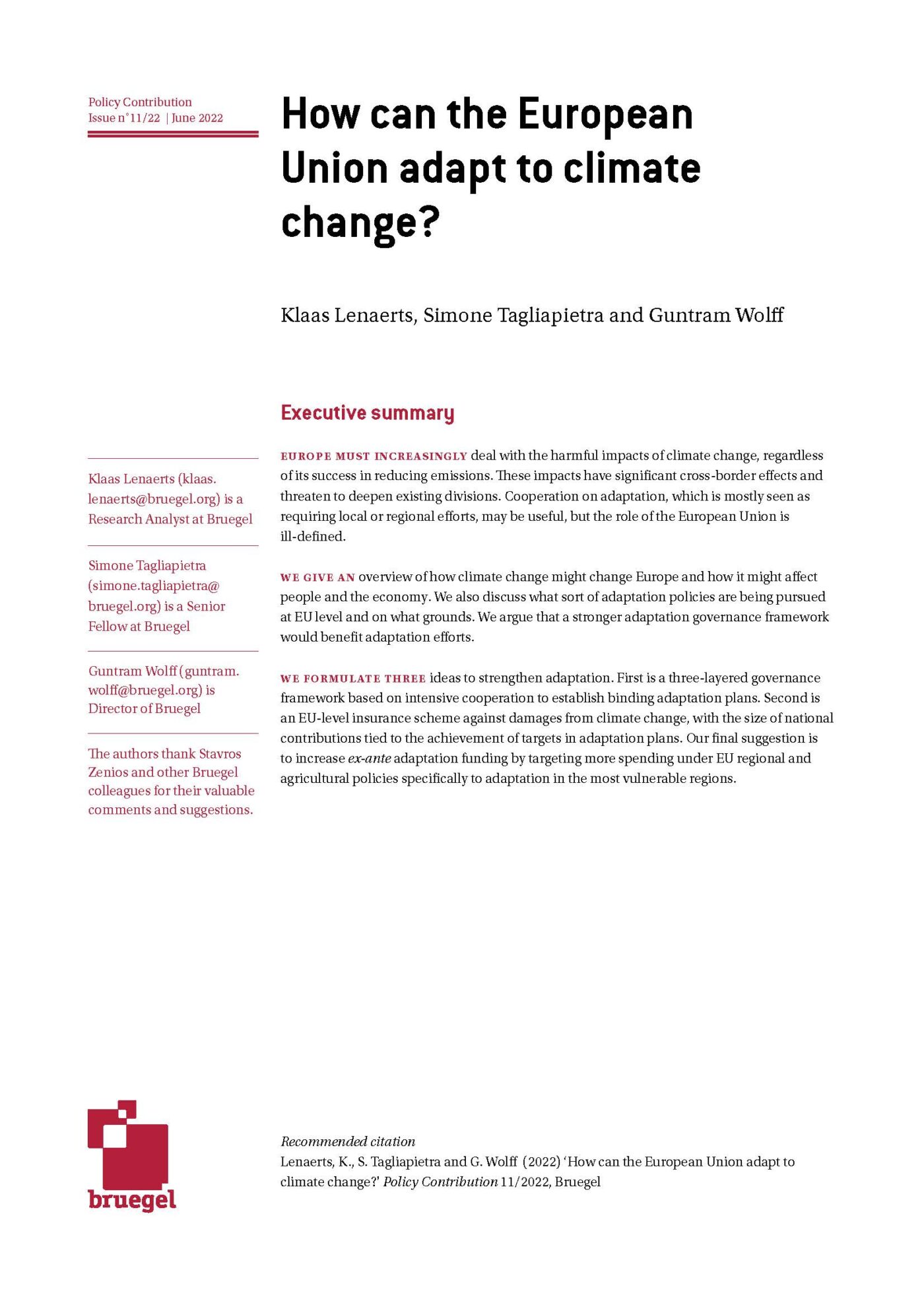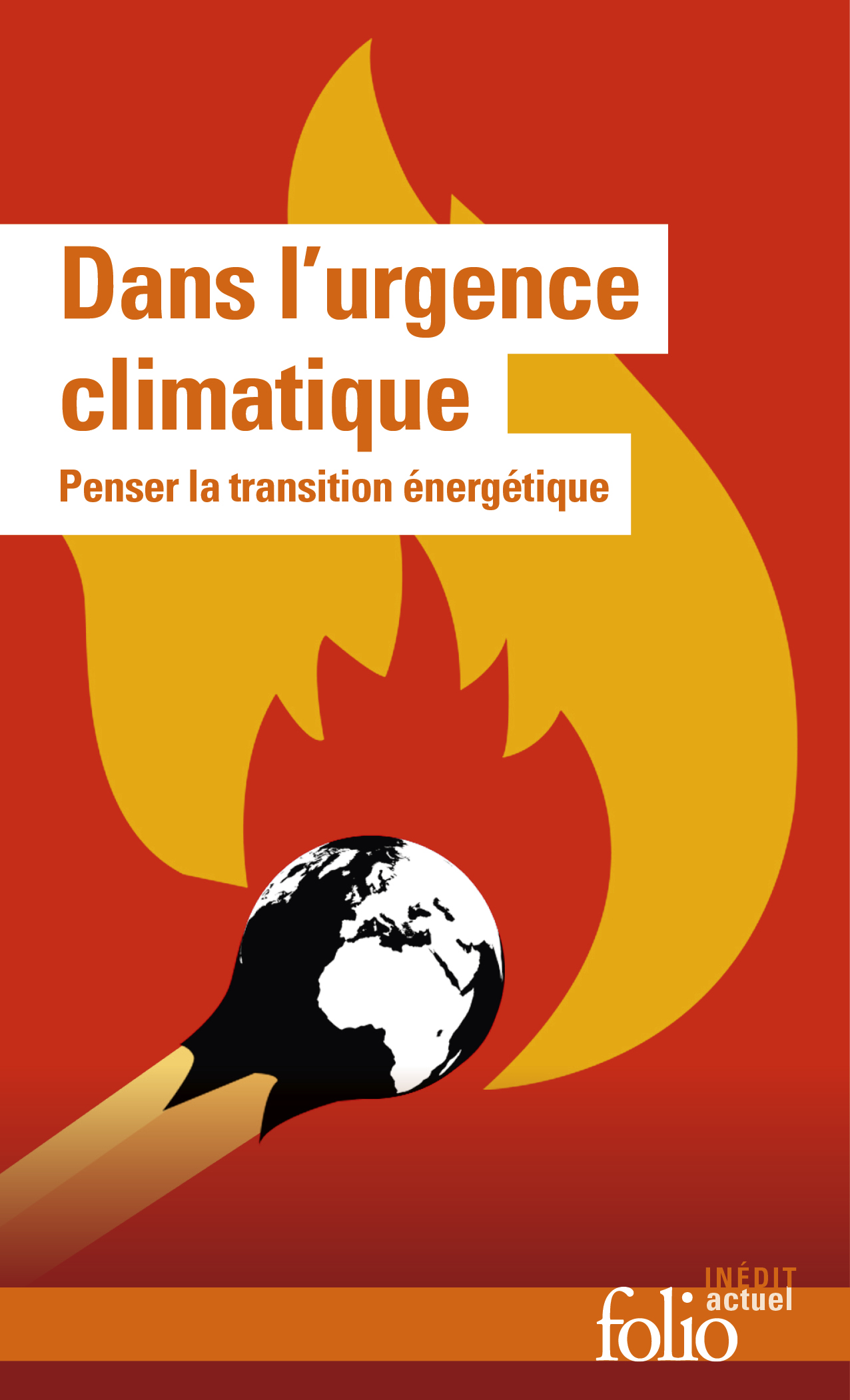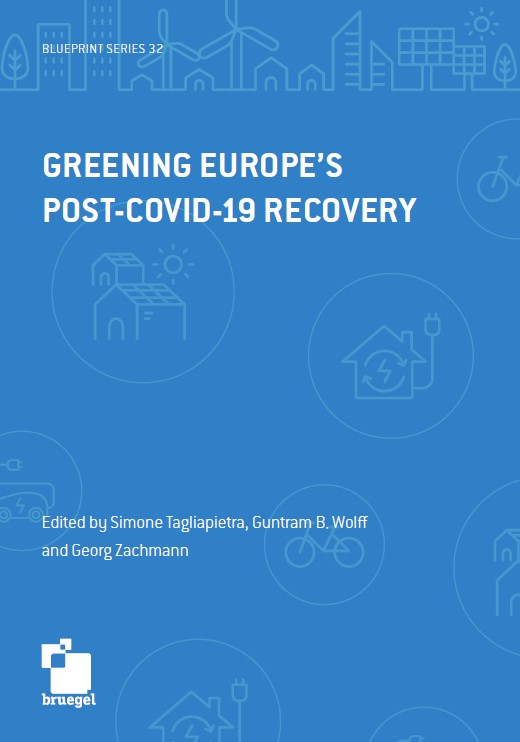Blog Post
How long is the head table?
An empirical assessment of concentration in global collective action
International cooperation often depends on how many nations take part in negotiations. But what is the optimal number of actors for effective collective action and should EU nations states negotiate as many or as one?
It is well known that the effectiveness of collective action depends negatively on the number of participants. For this reason, Olson (1965) considers group size as a key variable to monitor when analysing impediments to collective action. Sandler (2005) regards the difficulty of forming large effective coalitions as the first of Olson’s seven rules of thumb. Studies of international coordination have also emphasised its importance. For example, Hale, Held and Young (2013) point out that one of the main reasons behind the success of the 1987 Montreal protocol on eliminating ozone-depleting gases was that only a few countries were significant producers: the US, the EU and Japan accounted for 80% of total production and developing countries for 5% only.
It is therefore important, as part of an effort to evaluate impediments and incentives to global collective action, to assess the degree of concentration that characterises key international cooperation fields. In this note we provide such an assessment for eight fields corresponding to major channels of interdependence.[1]
It turns out that this concentration varies significantly across fields. Although other factors such as the diversity of preferences or the nature of interactions amongst players enter into play for determining the reason for success or failure of collective action, insights from analyses of the various sectors suggests that the degree of concentration is a significant one.
For this investigation we computed, for each field, an index of concentration for a variable that represents the various countries’ contribution to the problem collective action should tackle (Table 1). We are interested in the difficulty of the coordination problem that ought to be resolved in the first place, not in the power balance associated in a particular governance structure. So for example in international trade, we are interested in the contribution of each country or countries grouping to world trade, not in the particular rules governing international trade negotiation.
The concentration index is the Herfindhal index widely used for the analysis of market power.[2] A higher index indicates a higher level of concentration. The choice of the representative variable is in some cases straightforward: for example, CO2 emissions as far as climate change mitigation is concerned. In some other cases, it is less obvious: what determines, for example, country weights as far as international macro-financial linkages are concerned? We selected gross financial assets, but this can be disputed.
Data for the most recent available year (between 2015 and 2018) are taken from various sources, whose coverage is uneven: it is comprehensive for trade, migration, climate change and the internet, and includes a subset of between 48 and 210 countries in the other four cases (see Annex for details). In principle, uneven coverage could affect comparison across fields. In practice the bias is second-order: the top 50 countries account for 99% of global exports, but the omission of a country whose share is 1% of the total only results in diminishing the index by 0.01 percentage point.
An important question is whether EU countries should be considered individual players or whether the EU should be counted as one. The answer depends on the field, as some belong to EU competences while others are of the responsibility of individual member states:
- Trade with third countries is exclusive EU competence, so EU counts as one
- Merger control (above a certain threshold) is EU competence, so when it comes to competition EU counts as one
- Membership in a currency union implies that there are only one monetary policy and one exchange rate for the zone. But structural and fiscal policies are of the responsibility of the governments of participating nations, the bigger of which are also represented individually in the IMF. Hence, the case is ambiguous and we provide two indicators, one with the Eurozone counting as one, and one with countries counting individually
- Banking regulation is a matter for EU legislation, so EU counts as one
- Tax matters are national competence, so EU countries count individually
- Migration is mostly national matter, so EU countries count individually
- Climate change mitigation is ambiguous (the EU negotiate as one internationally, but actual mitigation actions are of the responsibility of national governments), so both indexes are provided
- Internet regulation is also ambiguous: data protection standards were set by EU regulation but many other dimensions belong to national governments. So both indexes are provided
Results are given in Figure 1. It is apparent that concentration varies considerably across fields. It is especially high in two fields, global competition policy and banking regulation, where global collective action has so far proved relatively successful (Papaconstantinou and Pisani-Ferry, 2019). It is remarkably low for two others where it has proved unsuccessful (migrations and internet regulation). While failure to act jointly may also be due to divergent preferences, the high number of players has certainly not helped. The concentration index is also low in a topical area such as trade, where global negotiations have stalled since the late 1990s, and where conflicts have emerged in the 2010, leading to the current crisis of multilateralism.
It is interesting to observe that climate change mitigation is hampered by a significantly lower level of concentration than competition or banking regulation. The structure of the Paris agreement, in which all countries in the world participate (nominally at least), highlights the challenge of collective action.
The relatively low concentration index in taxation points to the well-known difficulty to reform the international tax treaties and transition to a fairer system capable of tackling profit-shifting and addressing the specific challenges posed by the digital economy. The striking decrease in the Global Financial Safety Net (GFSN) concentration index when the Eurozone is split into its constituent members (instead of being considered as a whole) highlights how much is at stake in reforming the governance of the Eurozone, especially as regards relations with the rest of the world.
Overall these results suggest an influence of concentration on the effectiveness of global collective action. This is obviously no proof, but suggests that there was some wisdom in Olson’s first rule of thumb.
As a further exercise, and when the data allows, it is interesting to compare the evolution of concentration indices over the last two decades. We do it for two domains where concentration at international and EU level have arguably evolved, namely trade and the internet.[3] Comparing the share of the top ten players and the Herfindhal indices for 2000 and 2016, it is quite apparent that concentration has decreased both at global level (mainly because of China) and at European level (mainly because of the catching-up of the new member states).
The evolution at global level is very substantial when it comes to the internet – a domain in which the EU probably represents the regulatory global avant garde thanks to the GDPR, and data protection more generally – but it is not negligible in terms of trade concentration either.
References
Boden, T.A., Marland, G. and R.J. Andres (2017). Global, Regional, and National Fossil-Fuel CO2 Emissions, Carbon Dioxide Information Analysis Center, Oak Ridge National Laboratory, U.S. Department of Energy, Oak Ridge, Tenn., USA. DOI: 10.3334/CDIAC/00001_V2017.
BP (2017). Statistical Review of World Energy.
Hale, Thomas, Held, David, and Kevin Young (2013), Gridlock: Why global cooperation is failing when we need it most, Polity Press.
Lane, Philip R., and Gian Maria Milesi-Ferretti (2018). “The External Wealth of Nations Revisited: International Financial Integration in the Aftermath of the Global Financial Crisis,” IMF Economic Review, Palgrave Macmillan;International Monetary Fund, vol. 66(1), pages 189-222, March.
Olson, Mancur (1965), The Logic of Collective Action: Public goods and the theory of groups, Harvard University Press
Papaconstantinou, George, and Jean Pisani-Ferry (2019), “Global governance: Demise or transformation?”, Progress report on the Transformation of Global Governance project, European University Institute, September.
Sandler, Todd (2004), Global Collective Action, Cambridge UP.
UNFCCC (2017). National Inventory Submissions 2017. United Nations Framework Convention on Climate Change.
USGS (2017). Mineral Commodities Summaries: Cement, U.S. Geological Survey.
Zucman, Gabriel, Tørsløv, Thomas R. and Ludvig S. Wier (2018), “The Missing Profits of Nations”. NBER Working Paper No. 24701. June, Revised August.
[1] The record of collective action in each of these fields has been investigated within the framework of the Transformation of Global Governance Project of the European University Institute. See Papaconstantinou and Pisani-Ferry (2019).
[2] The Herfindhal index is simply the sum of the squares of the shares of all countries in the world total for the variable considered (e.g. the sum of the squares of the shares in global CO2 emissions). It varies by construction between zero (complete atomization) and 1 (complete concentration).
[3] The composition of the EU is held constant over time.
Republishing and referencing
Bruegel considers itself a public good and takes no institutional standpoint. Anyone is free to republish and/or quote this post without prior consent. Please provide a full reference, clearly stating Bruegel and the relevant author as the source, and include a prominent hyperlink to the original post.











